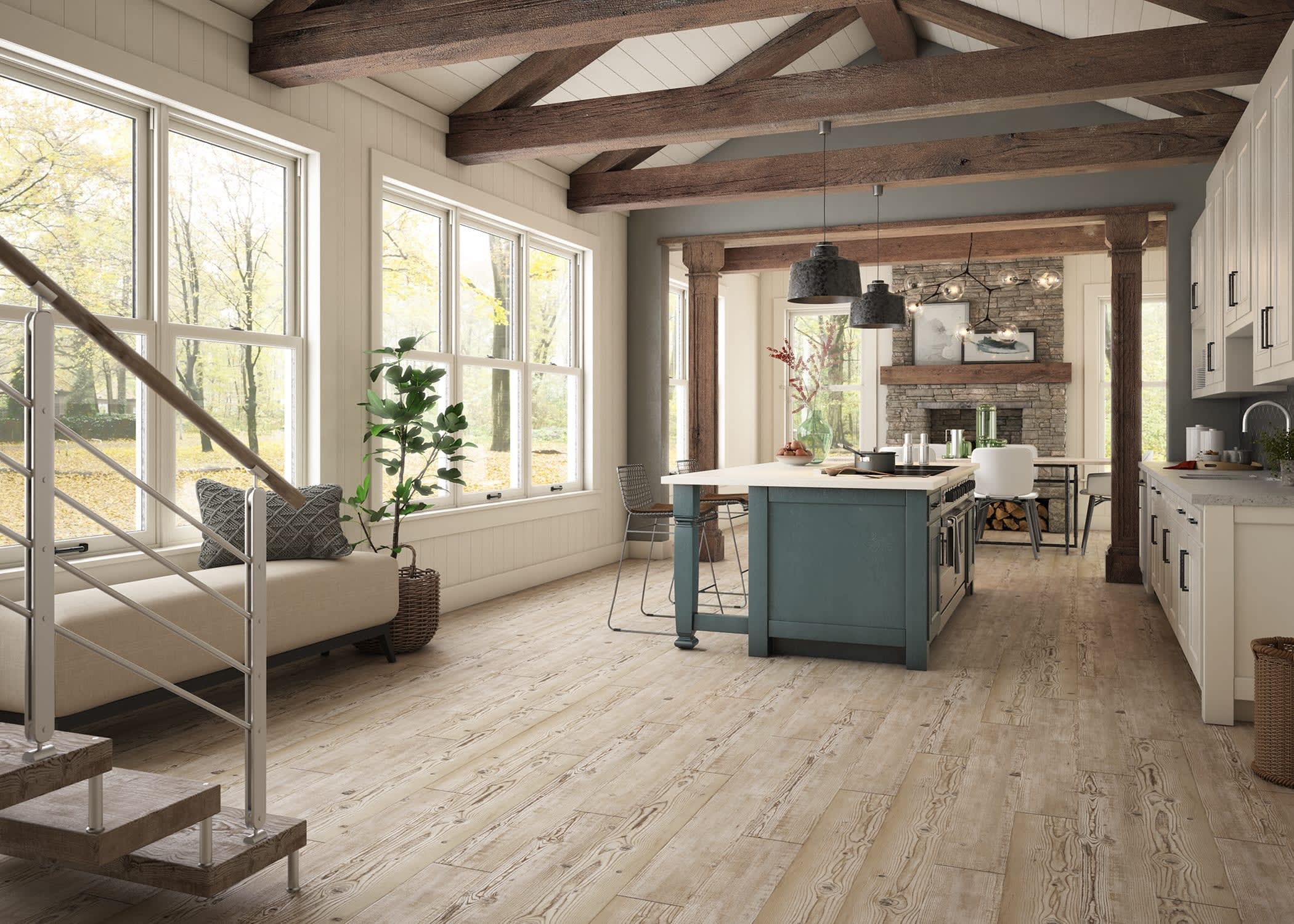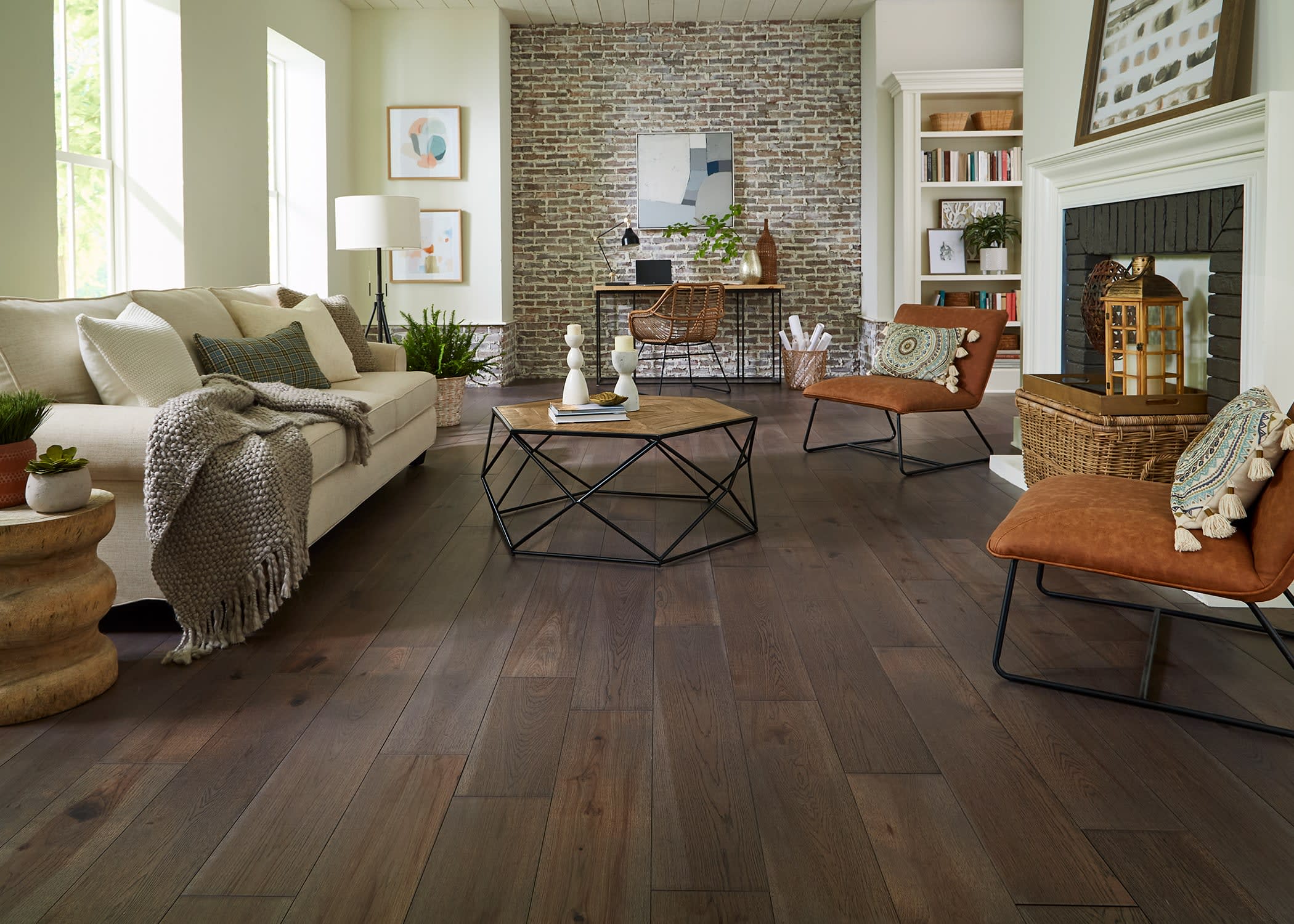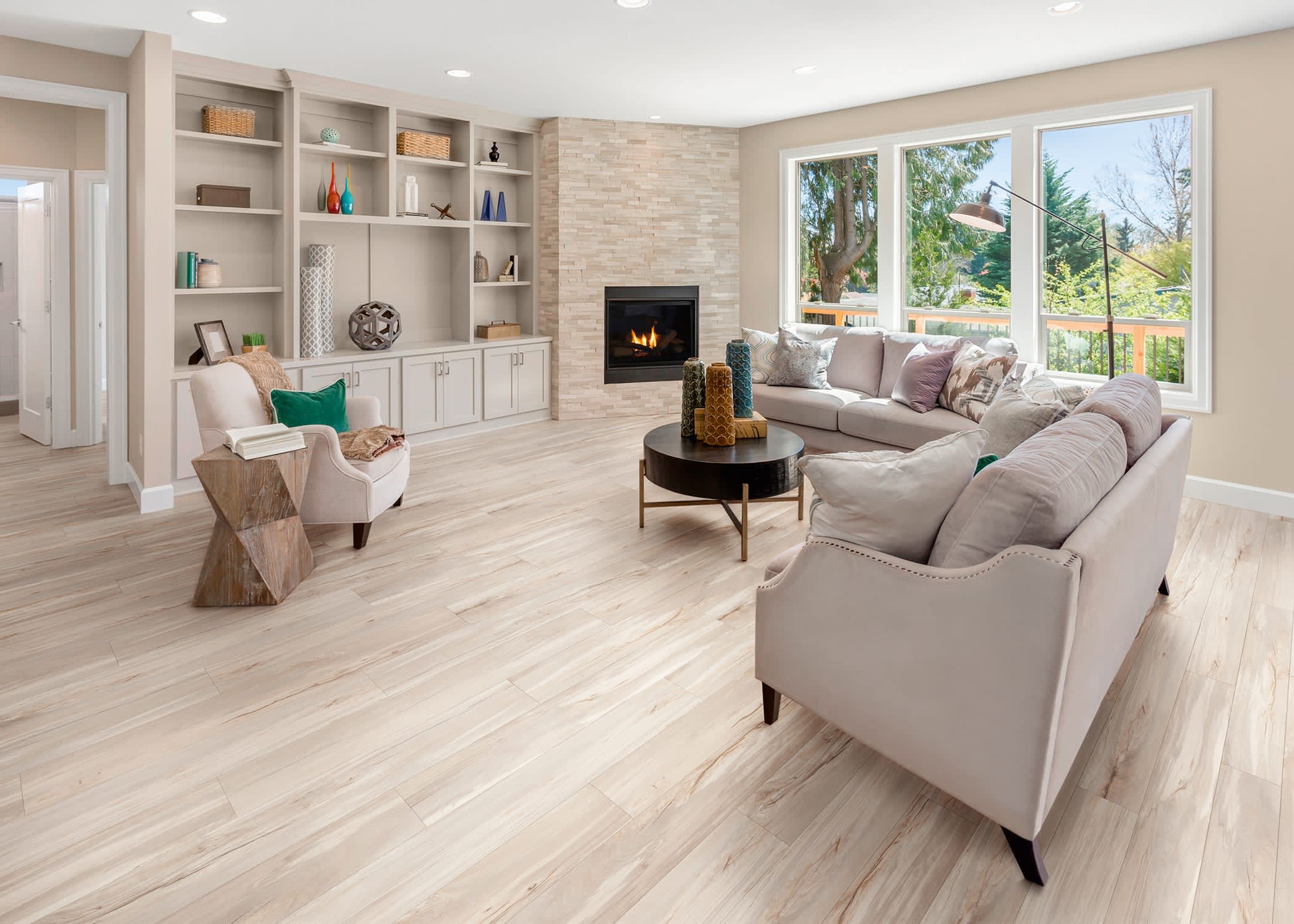- Home
- Inspiration
- Style Tips
- The Big Design Debate: Rooms vs. Open Floor Plans
The Big Design Debate: Rooms vs. Open Floor Plans
Even if you’re not plugged into the interior design world, there’s an almost-certain chance that you’ve been inundated with the words “open concept.” The modern idea has become ubiquitous in home design, impacting people’s house-buying decisions and influencing others to knock out walls and open up their own homes. And the idea is tempting: rather than feel closed-off from the rest of the house, you can open up your rooms and create a space that feels communal and bright.
But more and more, the quaint notion of devoted rooms—kitchens, dining rooms, living rooms, studies—has been making a resurgence, especially as people have been spending more time at home, in lieu of office workspaces or traditional classrooms.
Here we make a case for both open floor plans AND separate rooms—while we see benefits to both, it all comes down to which works best for your home and needs.

The Case for Space
We’ve all seen houses built from a wonky design—whether the home was built in the ‘50s, ‘70s, ‘90s, or more recently, some home builders have gotten away with highly questionable design choices when it comes to layout. In these instances, rethinking your floor plan and opening up your space can improve traffic flow and create a more cohesive layout that feels natural, and adds more flexibility for how you want to arrange furniture and decor.
And an open floor plan doesn’t necessarily have to apply to every room on the main floor—depending on what you want, you can configure the floor plan to open your kitchen to your dining room, your dining room to your living room, the list goes on (the obvious exception being bathrooms, where we must insist you maintain all four walls). Plus, this keeps any one room from hogging all the good natural light, brightening up your space and opening up air flow.

The Case for Separation
Once thought to be old-fashioned, the idea of devoted, separate rooms is making a comeback among people hungry for more privacy, intimacy, and options for decor. Proponents of smaller spaces jump at the chance for more opportunity for creativity in their designs and decor—rather than having to tie together a space encompassing your kitchen, living room, and/or dining room into one cohesive space, walls open up chances to get creative with colors and aesthetics from room to room.

Functionally, a house with more walls is cheaper to design and construct—without load-bearing walls, open floor plans require more use of steel or laminated support beams, which are far more expensive—and cheaper to heat and cool. Not to mention the messy realities of day-to-day life—with more walls, it’s easier to hide a messy kitchen, or a dining room that doubles as a home office.

The choice is yours: open concept or separate rooms? Post your photo on Facebook or Instagram and tag @llflooringofficial for a chance to be featured on our page!